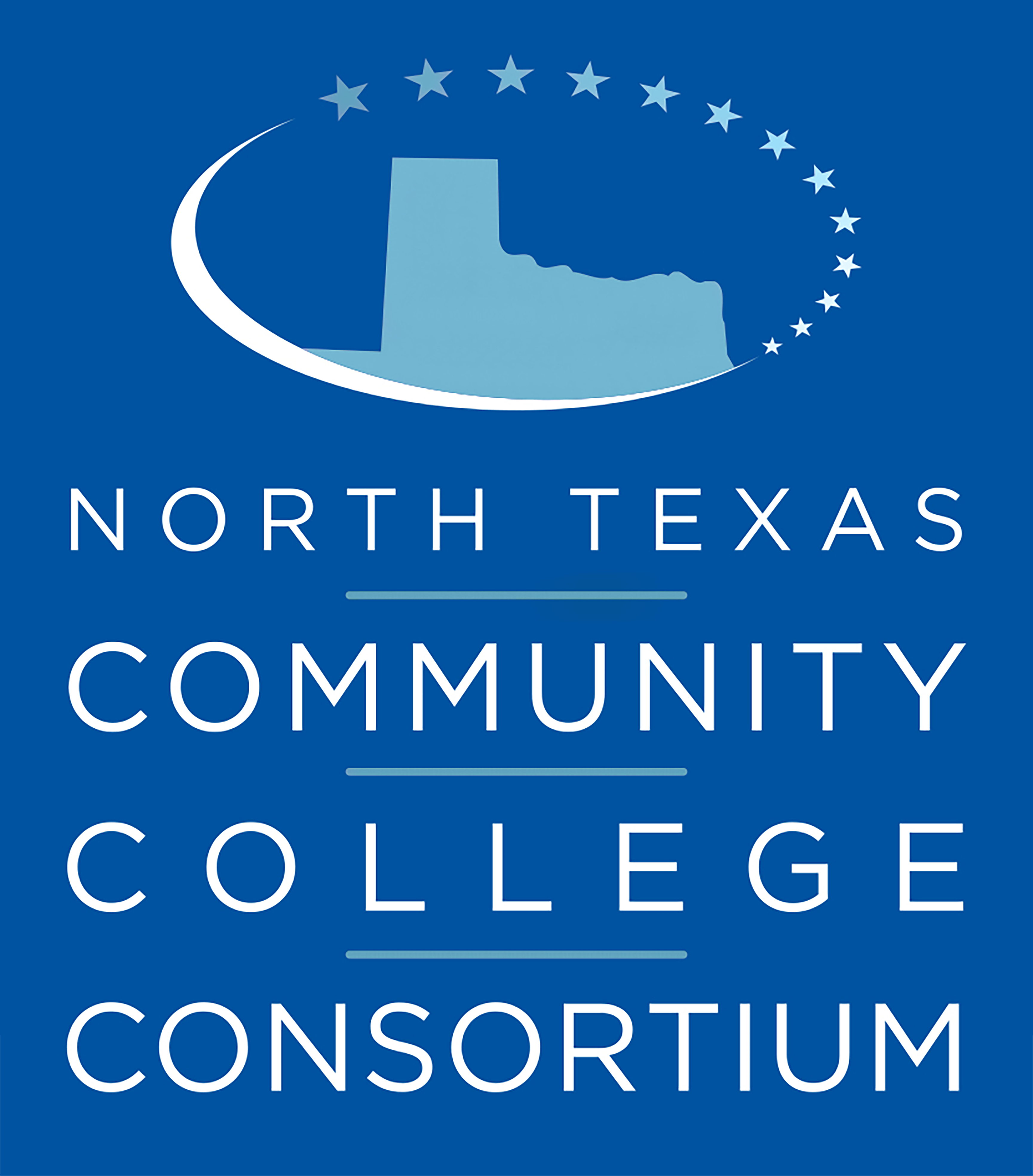Presented at: 25th Annual Fall Leadership Conference
Giving Students Voice and Agency through Cooperative Activities
Session Description
Our presentation will engage participants in an immersive, hands-on learning experience. Instructors will leave with concrete methods for organizing students into groups based on their diverse needs, activities to use in a composition classroom, and examples of readings that will encourage students to embrace their unique strengths.
Session Goals
Participants will be able to define the five basic elements of cooperative learning and understand how to use these basic elements to design effective classroom activities. Additionally, participants will learn strategies to put students in effective groups to encourage teamwork and communication. Finally, participants will learn how to use these activities to increase participation from a diverse population of students.
Full Description
Many educators today struggle to meet the overwhelming needs of a diverse population; our goal is to ensure students feel comfortable taking risks and sharing their unique experiences and perspectives in a writing class. This task can be achieved through the use of cooperative learning activities specifically designed to address students’ diverse communication skills. In this presentation, we will share how to create groups that balance individual student needs (whether they are academic and personal) and activities that are specifically designed to help marginalized and under-resourced students feel empowered. Through peer-to-peer activities based on the models created by David Johnson and Roger Johnson, students discover that their voices have value and they can contribute in an academic environment. The activities combine the five elements of cooperative learning (positive interdependence, face-to-face promotive interaction, individual accountability, social skills, and group processing) with Ron Ritchart’s popular thinking routines in order to help students provide critical insights into their learning. Our presentation will engage participants in such activities in an immersive, hands-on learning experience. Instructors will leave with concrete methods for organizing students into groups based on their diverse needs, activities to use in a composition classroom, and examples of readings that will encourage students to embrace their unique strengths.
